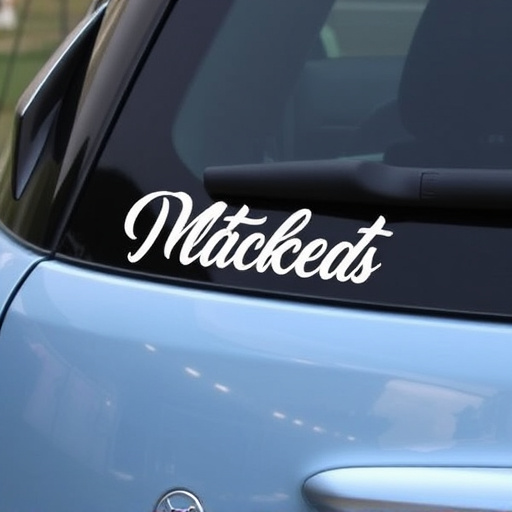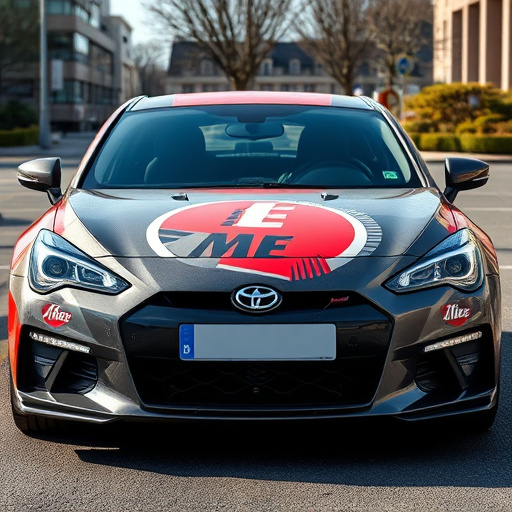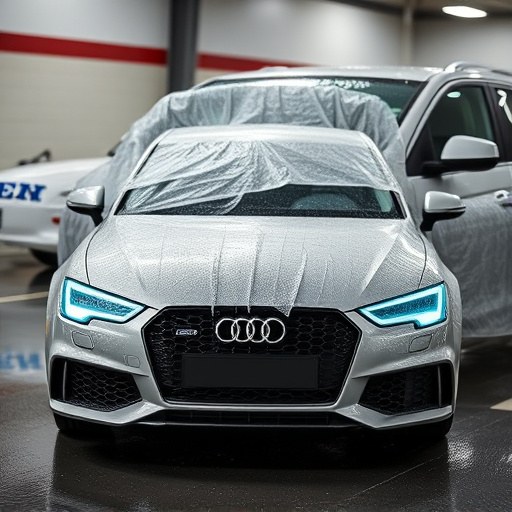Understanding color theory is essential for brand identity design, as colors evoke emotions and shape consumer perceptions. Warm colors like red and orange stimulate energy, while cool tones like blue and green convey calmness. Strategic color choices in applications like automotive wraps and correction enhance visual appeal, differentiate brands, and create memorable experiences based on emotional connections.
“Unleash the power of color in shaping brand identity with our comprehensive guide. Delve into the psychology behind color theory and its profound impact on perception, emotions, and associations. Discover how hues influence consumer behavior and foster instant recognition. Learn practical strategies for selecting colors that resonate with your target audience, enhancing your brand’s visual appeal and leaving a lasting impression. Elevate your brand identity design with this essential knowledge.”
- Understanding Color Theory and Its Impact on Perception
- The Role of Colors in Evoking Emotions and Associations
- Practical Application: Choosing Colors for Effective Brand Identity Design
Understanding Color Theory and Its Impact on Perception

Understanding Color Theory and Its Impact on Perception
Color theory forms the backbone of effective brand identity design. It’s a complex interplay of hues, saturations, and luminosities that influence how we perceive and interpret visual elements. In the context of brand identity design, color selection isn’t merely aesthetic; it triggers emotional responses and shapes our understanding of a brand. For instance, warm colors like red and orange evoke energy and excitement, making them popular choices for brands aiming to convey dynamism and passion. On the other hand, cool colors such as blue and green often associate with calmness and trust, making them ideal for brands seeking to project reliability and stability.
In the realm of premium automotive services, vinyl wraps, and paint correction, color theory plays an equally significant role. A well-chosen color scheme can enhance the visual appeal of a vehicle, highlighting its sleek design and premium finish. Moreover, it can subtly communicate the brand’s values and target audience, ensuring that the vehicle stands out in a crowded market. By understanding how colors affect perception, designers can craft brand identities that resonate emotionally with their intended audiences, ultimately reinforcing the brand’s message and standing out in competitive industries like automotive services.
The Role of Colors in Evoking Emotions and Associations

Colors play a pivotal role in shaping the emotional response and mental associations linked to brand identity design. Different hues have been shown to trigger specific feelings and memories within individuals, making them powerful tools for marketers and designers. For instance, warm colors like red and orange often evoke energy, passion, and excitement, while cool tones such as blue and green can convey calmness, trust, and tranquility. This emotional connection is key to creating memorable brand experiences.
In the realm of brand identity design, colors serve as a powerful visual language, enabling businesses to communicate their values and differentiate themselves from competitors. For example, vibrant hues might be used for playful, innovative brands, while more subdued tones could represent sophistication and reliability. Additionally, in applications like vehicle wraps or paint protection film, color choices can enhance the overall aesthetic appeal, making vehicles stand out on the road. Similarly, for those offering paint correction services, understanding color theory ensures they restore vehicles’ original, pristine appearances effectively.
Practical Application: Choosing Colors for Effective Brand Identity Design

When applying psychology to brand identity design, understanding how colors influence perception is crucial. Different hues evoke unique emotions and associations in consumers, making them powerful tools for creating memorable brand identities. For instance, warm colors like red and orange can incite feelings of energy and excitement, suitable for brands aiming to project dynamism or passion. Conversely, cool tones such as blue and green often convey trust, tranquility, or sustainability, ideal for companies seeking to establish a calming and eco-conscious image.
In practical application, designing custom graphics, whether for automotive detailing or custom vehicle wraps, involves strategic color selection. This process requires gauging target audiences, competitors’ strategies, and the desired brand personality. Incorporating psychological insights ensures that chosen colors resonate with intended customers, making brand identities more impactful and distinctive.
In understanding the psychology of color, designers can wield a powerful tool for crafting compelling brand identities. By leveraging color theory, evoking emotions, and tapping into cultural associations, professionals can create visual representations that resonate with audiences. When selecting colors for brand identity design, considering psychological impacts is essential for building strong, differentiated brands in today’s competitive market.














